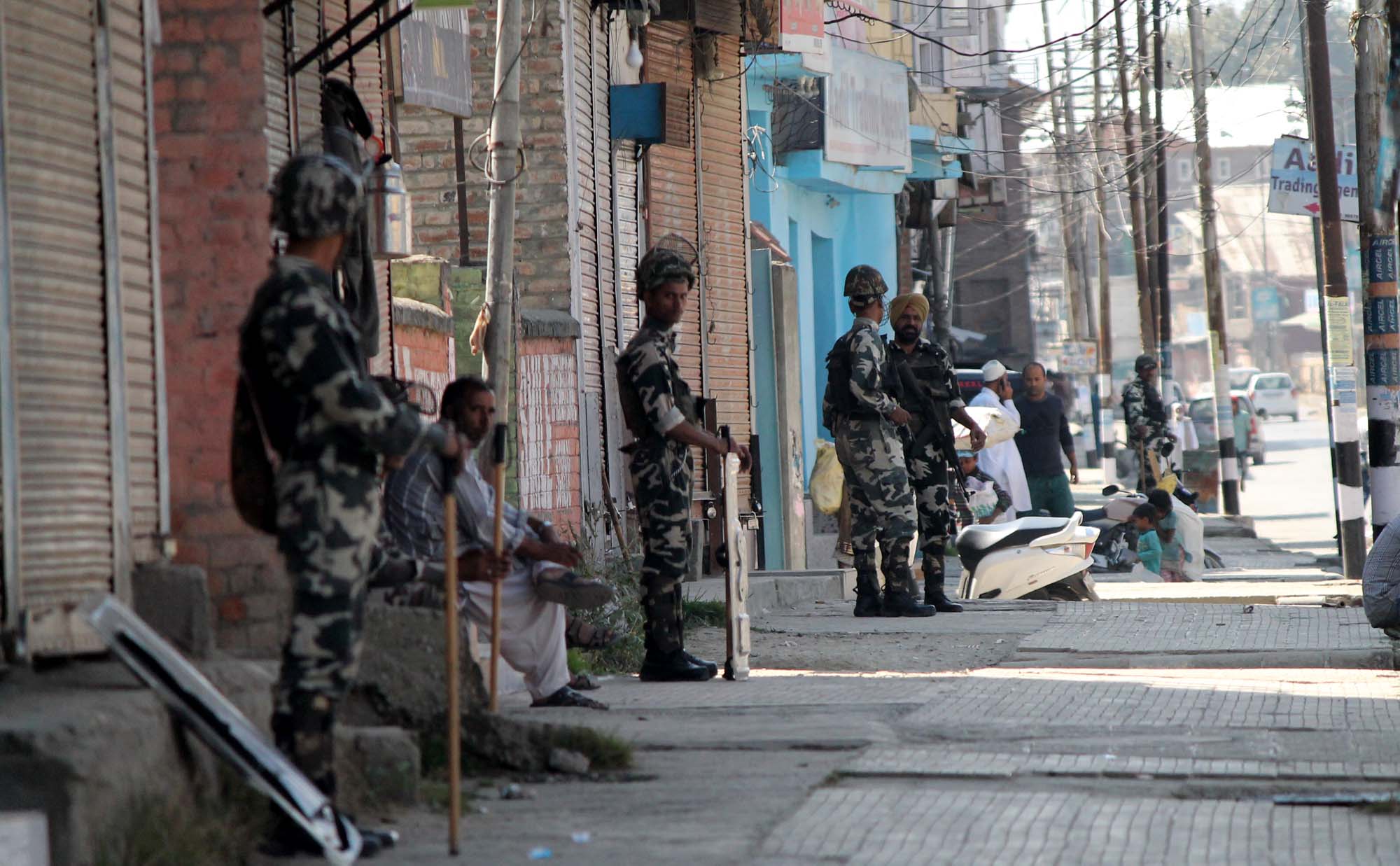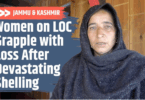According to International Labor Organization (ILO), the number of child laborers around the world fell from 246 million in 2000 to around 152 million in 2016. However, millions of children continue to be exploited for cheap labor, especially in countries such as India.The 2011 census counted 250103 child laborers in the state of Jammu and Kashmir. According to many researches conducted in the past 40 years, most of the children work in the handicrafts sector of the region, like carpet weaving, shawl making, agricultural labor etc. Reports also indicate that, 9.2 percent of child laborers are between five and 10 years old, while 90 percent of them are between 11 and 14 years old, these trends foretell a grim picture of an entire generation of impoverished and uneducated youth.
Speaking to Kashmir Unheard, Dr. Javaid Rashid who teaches at the Social Work department of the university of Kashmir says, “the root cause of the child labor is somewhere else, while as researchers and social scientists continue to find it somewhere else, it needs to be seen in comprehensive perspective.”
While talking about the affect of the ongoing conflict and political instability on children, he says, “the children who became orphans due to this ongoing conflict, and family lost livelihoods due to this, children are find themselves at crossroads and opt to work. “The children whose families do not have a sustainable livelihood, we see those children going to earn money at an early age.”
“There is need for coordination on multiple sectors, like the government, the community, and NGOs and only then we will have a comprehensive eradication policy,” Javaid maintains. According to him, “this has also been seen if the children take some responsibility at early age it also enhances his resourcefulness, we have obviousness romanticized the ‘child labor’ but it has to be controlled”.”All child labor is not bad, but if it snatches child’s right to education and well-being then it is an adversity.”
Children unlike other vulnerable population are more prone to face a lot of issues as a result they become victims of abuse, and hardships ( physically, mentally, emotionally and sexually). #Childlabor is rampant across India and the newly created UT is not lagging behind. According to ILO (International Labor Organization) “worldwide 218 million children between the age of 5 and 17 years are in employment among them 152 million are victims of child labor almost half of them 73 million, work in hazardous child labor.” When we say children are snatched of their basic right childhood; child labor is the main factor. Throughout Jammu and #Kashmir there is a huge number of children working as domestic workers in small scale industries, market places, and daily labor and some are working in orchards. In #Shopian the most vulnerable children are from the families belonging to scheduled tribe communities who earn their living by putting their children in hard labor or some domestic work in the households of neighboring districts.Despite having policies,laws and programmes related to the above mention vulnerable section of population , there seems no proper enforcement and implementation. Eventually, they become more vulnerable to issues like abuse malnutrition, hate, stigma, fear, and threat. The physical, social and psychological development of the child are directly hampered through child labor.










